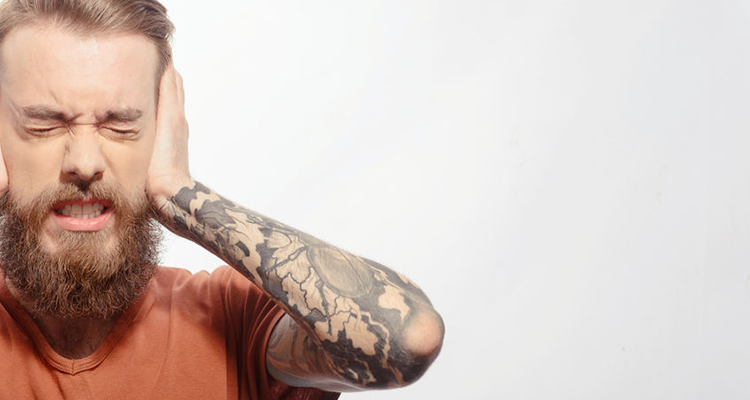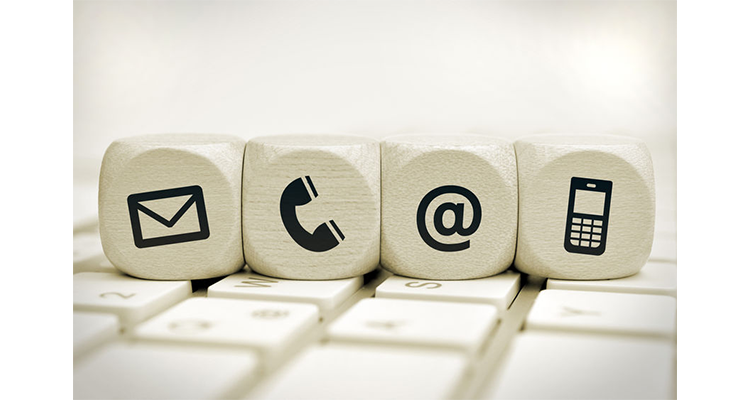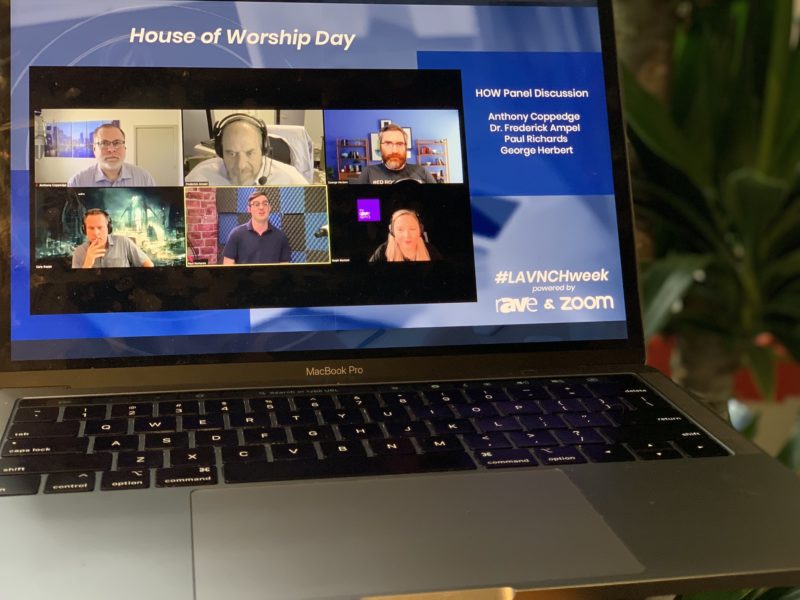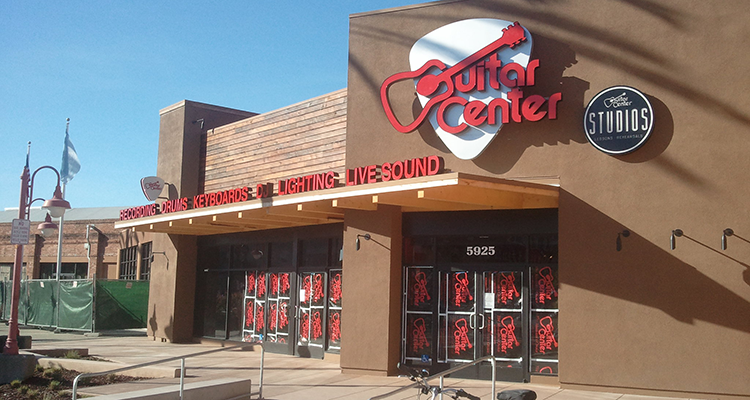If It’s Too Loud, It’s Too Loud!
 Some four decades ago, loudspeaker technology and the ability to generate sound pressure levels (SPL) above the recognized threshold of human hearing damage collided. As an industry, we had finally reached a level of electroacoustic and mechanical performance that was the audio equivalent of mutually assured destruction in nuclear warfare terms.
Some four decades ago, loudspeaker technology and the ability to generate sound pressure levels (SPL) above the recognized threshold of human hearing damage collided. As an industry, we had finally reached a level of electroacoustic and mechanical performance that was the audio equivalent of mutually assured destruction in nuclear warfare terms.
Not only could manufacturers deliver hardware and electronics capable of reaching well into the 120+dB realm, but increasingly they could do so with less and less recognizable audible distortion.
Let me be extremely clear here. I am excluding from this discussion the entire live tour sound segment, which has been at that audible DefCon level for quite a while and has helped the rest of the sound reinforcement industry reach ever high SPL capability, much like racing helps car companies produce ever faster civilian vehicles. The subject of exposure of ticket holders to 120dB+ concert sound levels is a whole article (or perhaps a large book) on its own. Additionally, there are specific operational and artistic issues unique to tour/live sound that affects SPL requirements, and those are not usually present outside that segment of the industry.
The next quarter century or so has enabled extensive refinement and further technological progress, including the use of new materials, innovative manufacturing processes and increasingly sophisticated electronics and DSP, until we have now reached the point that it is almost child’s play to deploy a sound system capable of 130+dB without significant audible distortion.
But Why?
Why is the issue of high SPL without significant distortion so enormously critical?
Because the distortion produced by high SPLs acts as a warning flag to our brains that something dangerous is happening. Much like the “pull up” warning that a pilot gets when too close to the ground at the wrong time, the ability to sense distortion tells us that either the system itself is breaking up or our hearing system has reached its tolerable safety limit regarding total SPL at the ear. In either case, the warning is unequivocal — IT’S TOO LOUD!
If the distortion is in the system, the likelihood of component failure or permanent damage is probably close to 100 percent. If the distortion is at the ear/brain interface the likelihood of permanent, irreversible, hearing damage is also pretty close to 100 percent.
The gigantic difference is that sound system components can be replaced or repaired. Your hearing system cannot. Once you have done permanent damage to your ears it is precisely that — permanent. It won’t get better and it won’t recover or heal over time — it’s forever.
How Loud and How Long
There are literally exabytes (EB or 10006 bytes) of data on noise exposure and the effects of high SPL on the human auditory system. Medical science, regulatory agencies and countless others have produced data on how loud is safe for how long. Regrettably, it seems that because much of the original data (like the OSHA charts) was aimed at exposure from/to ‘industrial or impact generated’ noise sources, it has been if not ignored, at least discounted by our profession as not directly applicable.
In one word: WRONG!
Regardless of any intellectual desire to be separated from industrial noise, Sound Pressure Level is Sound Pressure Level — period. To the human auditory system, it does not matter how the high SPL is created — it could be a gunshot, a 25-ton punch press or a 125dB PA system. The measured level and the spectral content/balance of that signal is what impacts the ear.
In reality, a single very short term loud noise (130dB or higher) will absolutely cause damage, but hearing damage can also occur gradually at much lower levels of exposure. It is a time cumulative effect. Recognizing the exposure level and the danger it poses is essential to protecting your one and only hearing system. You MUST limit your exposure to even moderately high noise levels and give your ears a chance to recover after any period of noise exposure.
For example:
- At 91 decibels, your ears can tolerate up to two hours of continuous exposure but damage will occur beyond that time frame.
- At 100 decibels, damage can occur within 15 minutes of exposure.
- At 112 decibels, damage can occur in only one minute of exposure.
- At 140 decibels, immediate, permanent and un-recoverable nerve damage will occur.
Noise Exposure Formula
The established standard to diminish hearing risk is based on an exposure to 85 dBA for a maximum limit of eight hours per day, followed by at least ten hours of recovery time at 70 dBA or lower (at which the risk of harm to healthy ears is negligible). For every 3 dB above 85 dBA, the maximum exposure time is cut in half. Note that +3dB is TWICE the sound power level!
The table here shows the acceptable exposure time frame for various SPL levels. Please take note that once the level exceeds 107dB, safe (no damage) exposure time decreases into the seconds range very, very quickly. While extremely short duration peaks above 105dB (as in a few milliseconds long explosion in a motion picture soundtrack, for example) is not likely to cause harm, repeated exposure to such levels absolutely will.

It is important to understand when reading the table above that each line represents 100 percent of the allowable noise dose per 24-hour day. To simplify this, if you’ve already had 15 minutes at 100 dBA, you’ve maxed out your safe exposure window for that day!
The rest of that day (24 hours) should have NO exposure above 85 dBA and preferably should be below 70 dBA. (Note: If you spend a lot of time in environments with high noise levels you should consider getting a noise dosimeter and let it monitor the noise levels and exposure times and calculate the noise dose you’re getting.
Let us be sure that the following point is clear. You cannot and will not get used to high levels. If a certain level doesn’t seem to bother you as much as it did before, it’s not because your ears have toughened up to it; it’s because you’ve lost some of your hearing. If this is the situation, it’s all the more critical to protect the hearing you have left.
How Loud for How Long?
In our research for this article, we spoke with a number of system operation professionals and venue sound folks. Averaging their responses and comments produced the following recommended SPL windows to consider:
1. Background music and similar sources should not exceed 85dBA with 6dB of headroom to accommodate ambient crowd/environmental noise. In no case should it exceed 91dBA outdoors, less in an enclosed space (88dBA or lower max).
2. General SR levels for indoor spaces (Auditoria, etc.) should not exceed 91dBA with 6dBA of headroom to accommodate crowd or environmental background noise. Under no conditions is it considered safe to exceed 103dBA for any length of time.
(NOTE: The ONLY exception to this recommendation is for emergency evacuation or hazard warning systems, where sufficient level and intelligibility to ensure comprehension is required by the various codes and regulations governing such systems. These must be adhered too by law in most jurisdictions.)
3. For most outdoor spaces and performance venues, it’s recommended that a max of 95dBA with 6dBA of headroom be planned for. As per the chart above, exposure to levels above 95dBA for more than one hour will max out the time window for safe exposure. Great care in maintaining safe operating levels in such situations is required. This is especially crucial if the audience or patrons include children under the age of 10 as their tolerance to high SPL is much lower and they are potentially more susceptible to damage as they do not know how to or when to protect their ears.
Get an SPL Meter and Use It
Despite your assumption that you know how loud it is, the odds are you’re wrong. There is only one way to be sure and that is to buy and use an accurate and calibrated SPL metering system — 100 percent of the time. Using it with an A-weighting is recommended as that is the weighting curve used in most exposure rules and recommendations. But having one that also allows looking at C weighted levels, which will include more LF info is highly recommended as those frequencies can and do contribute to high SPL a lot more that is generally recognized. (For more on weighting curves, go here.)
Given that the damage you do to your ears at high SPLs is forever, don’t take chances — know what level you’re being exposed to and if it’s too loud, WALK AWAY! This is not a debatable point — if it’s too loud, it’s too loud.
Note: It is highly recommended that you get and use a really good set of level reduction ear plugs (-20DB or better) if you expect to be exposed to levels above 105DB for any length of time. A good listing of available products can be found here or here.





